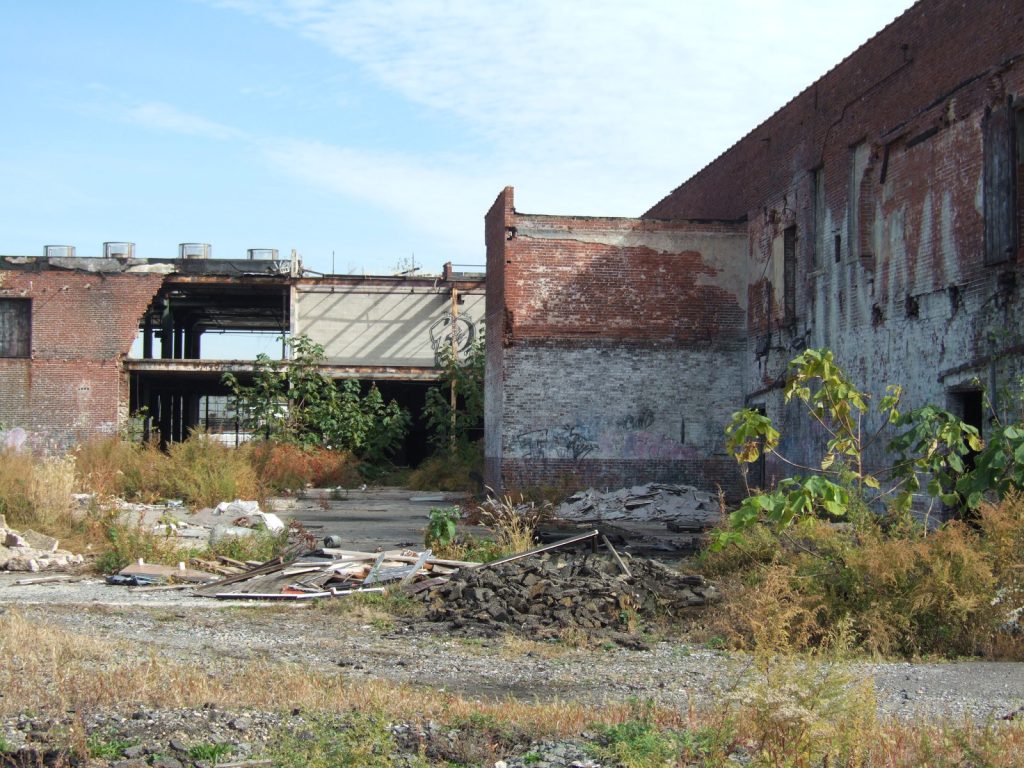 Each year, the EPA provides grants to address sites contaminated by petroleum and hazardous substances, or pollutants. This year, due to 2018 Brownfields Utilization, Investment, and Local Development (BUILD) Act, funding and eligibility criteria have been widened. The grant solicitations are expected to be announced in late Fall 2018. Anticipated changes:
Each year, the EPA provides grants to address sites contaminated by petroleum and hazardous substances, or pollutants. This year, due to 2018 Brownfields Utilization, Investment, and Local Development (BUILD) Act, funding and eligibility criteria have been widened. The grant solicitations are expected to be announced in late Fall 2018. Anticipated changes:
- Cleanup Grants: The grant funding cap has been raised up to $500,000 per proposal requiring a 20 percent cost share. Will be limited to one cleanup application submission.
- Multi‐Purpose Grants: Created as part of the 2018 BUILD Act for grants up to $1M to carry out inventory, characterization, assessment, planning and/or remediation activities for one or more brownfield site in an area. The grant period for these grants will be five years.
- Community Wide Assessment Grants: up to $300,000 for a combined Hazardous Substance and Petroleum grant, with no more than $200,000 in either category.
- Site Specific Assessment Grants: May apply for a waiver of up to $350,000 per site; only one proposal may be submitted per applicant.
- Assessment Coalition Grants: up to $600,000.
These grants are competitive. Typically, only about one-third of applications are ultimately successful. Your first steps should be:
- Pass any resolutions needed to apply
- Register with grants.gov and make sure your sam.gov registration is up to date
- Do community outreach as required
- Contact supporters for commitment letters
Here are some tips for a successful grant application:
- Eligibility. The 2018 BUILD Act added an exemption of certain publicly owned sites for grant eligibility. Additionally, non-profit entities are now able to apply for assessment grants.
- Set your project apart. Reviewers will be reading many applications from many regions and won’t be familiar with your community. Stress what makes your community and your project different from all the others in a relevant way.
- Context. Discuss how the project will result in development that will meet a need in the community that has been identified in planning documents, and what other sources of funding will be brought to bear to complete the project to ribbon-cutting.
- Tell a Consistent Story. Ensure that the community problems you identify are addressed by the tasks you lay out in the budget, and are captured in the benefits section at the end. Connect the dots of the Ranking Criteria and how they relate to your project.
- Build a realistic and detailed budget. The budget allows you to demonstrate that you have a cogent and organized project that makes sense. Specify which monies will be allocated to each task and provide a detailed cost breakdown per task. Tie the costs to the project’s goals, and ensure that the costs are consistent with the project’s narrative.


